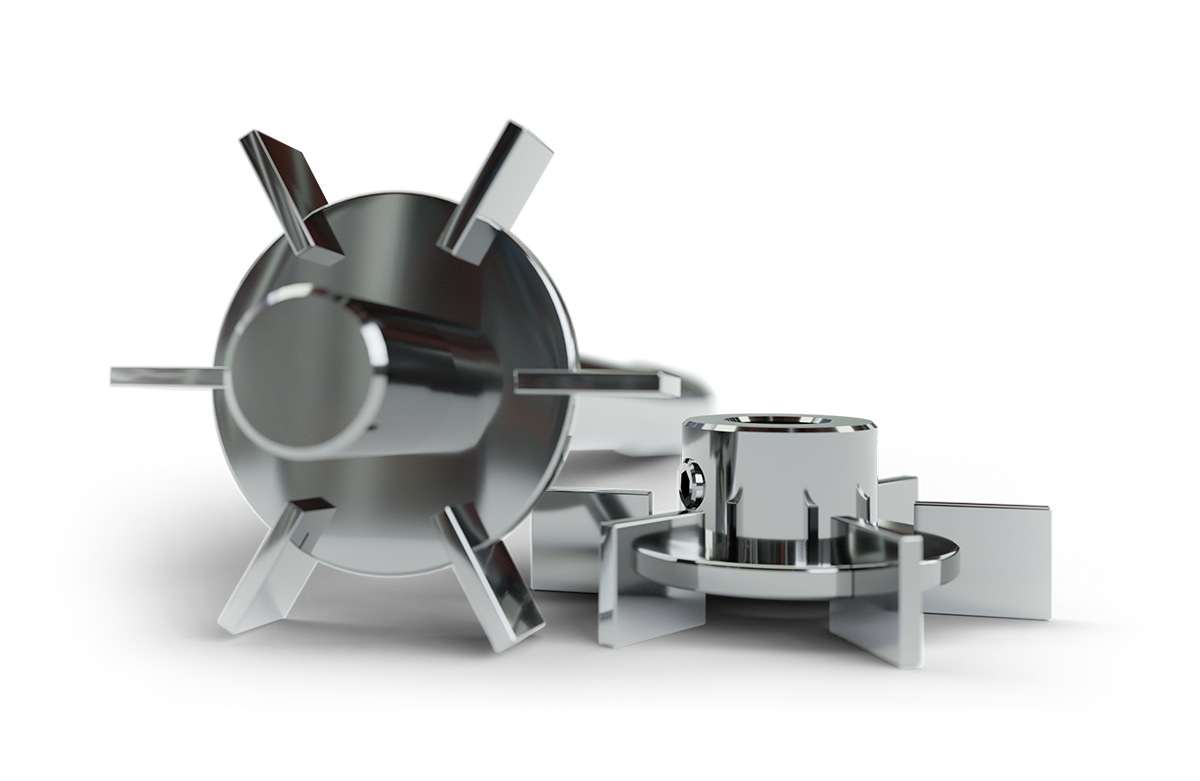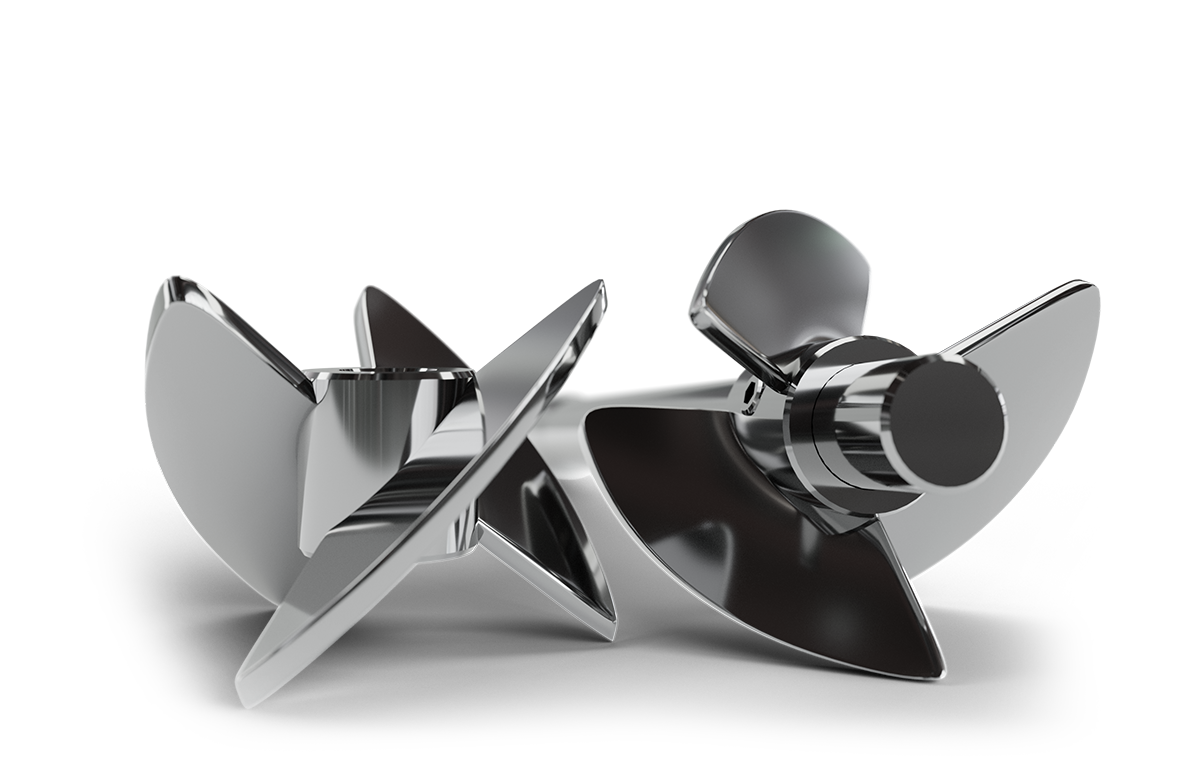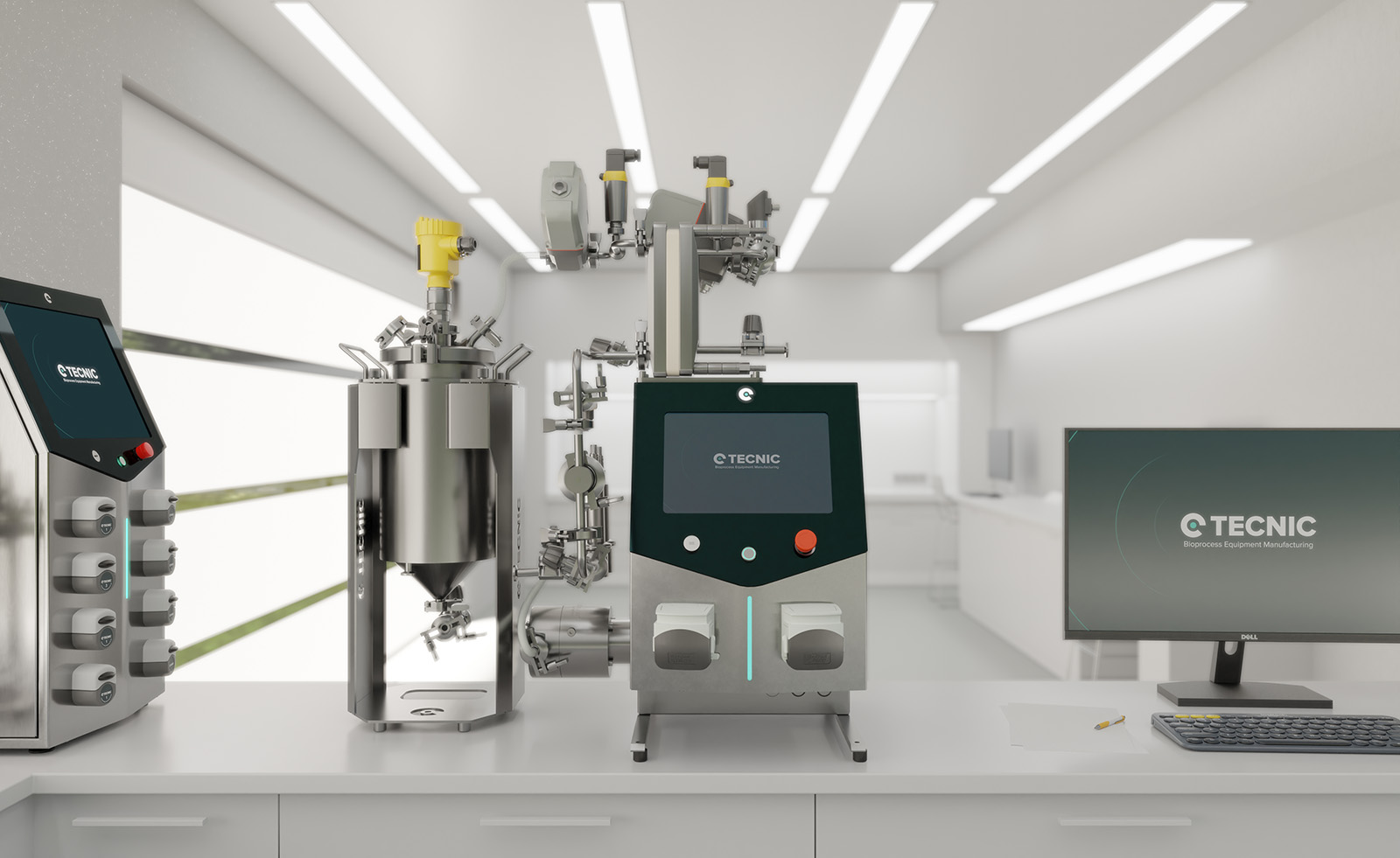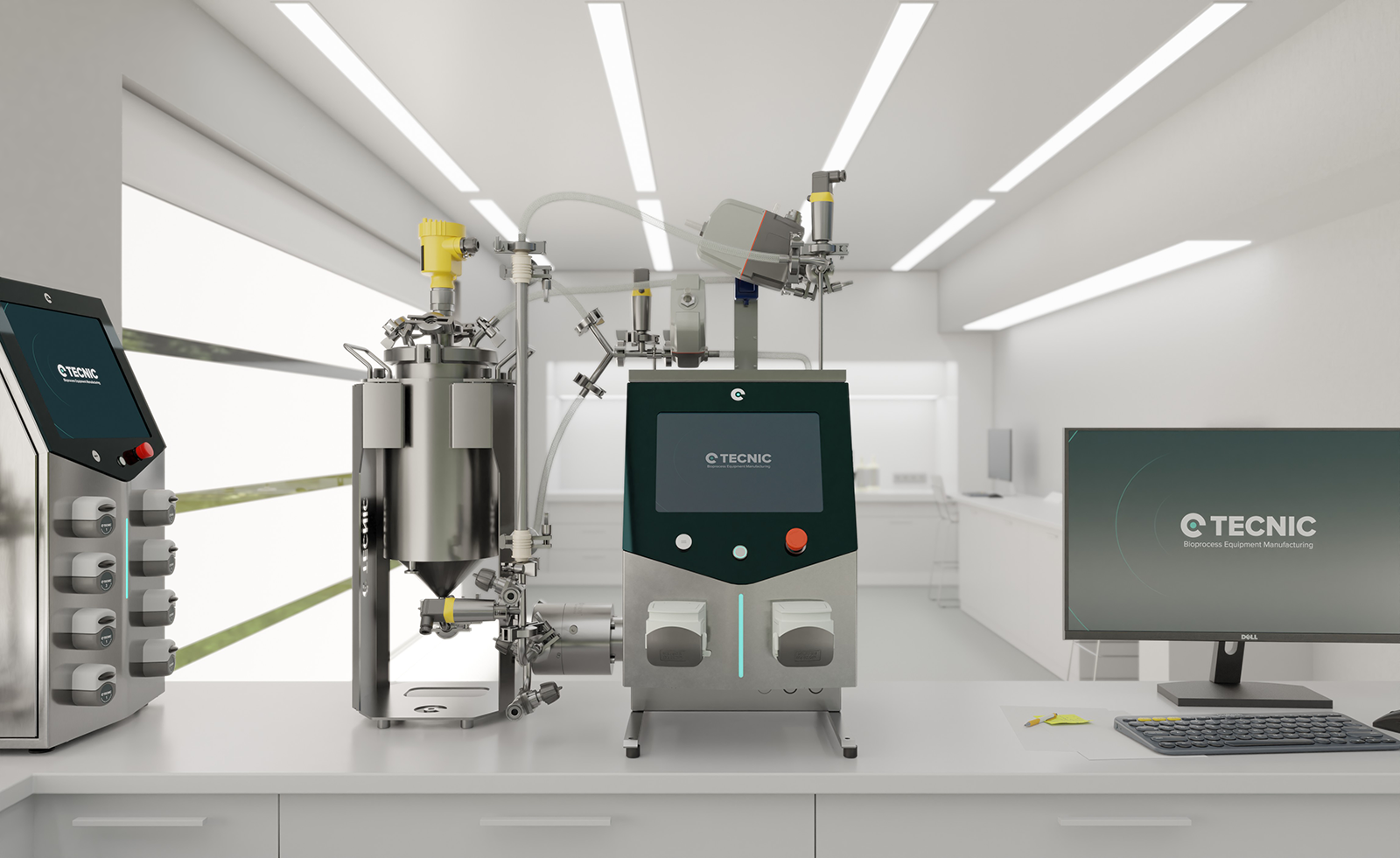What is the flu virus and how does it affect the body?
Flu vaccine helps protect against the flu virus, a respiratory virus that affects the nose, throat, and lungs. The virus is mainly transmitted through respiratory droplets when an infected person coughs, sneezes, or talks.
Once the virus enters the body, it attaches to cells in the respiratory tract and begins to replicate. This triggers an inflammatory response that causes symptoms such as fever, chills, headache, muscle aches and fatigue. In some cases, influenza can become complicated and lead to secondary infections such as pneumonia, especially in vulnerable groups such as the elderly, young children and people with weakened immune systems.
Types of flu vaccines and how they are made
There are three main types of flu vaccines:
- Inactivated Vaccines (IIV): these vaccines contain killed viruses, which means they cannot replicate or cause disease, but they do trigger an immune response.
- Subunit and Recombinant Vaccines (RIV): This type of vaccine contains only the surface proteins of the virus, such as haemagglutinin, which are sufficient to induce an immune response.
- Live Attenuated Influenza Virus Vaccines (LAIV): These vaccines contain a weakened form of the influenza virus that cannot cause severe infection in healthy people.
What happens in the body after vaccination?
When you receive the vaccine, your immune system recognises the virus proteins as a threat and begins to produce specific antibodies against those proteins. These antibodies bind to the virus, blocking its ability to infect cells. The vaccine also activates other immune cells, such as T-lymphocytes, which help eliminate virus-infected cells. This process prepares the body to fight the virus effectively if exposed to it in the future, significantly reducing the risk of infection or reducing the severity of symptoms.
Why does the influenza virus mutate every year?
The influenza virus is highly mutable due to antigenic drift, small changes in the genes that encode viral surface proteins. These changes are significant enough that the immune system must ‘relearn’ how to recognise the virus. In addition, type A viruses can undergo major antigenic change (genetic rearrangement), especially when different strains infect a common animal host, such as pigs or poultry. These constant changes are the reason why a new vaccine is needed every year.
Importance of getting vaccinated every year
Annual vaccination against influenza is crucial for the prevention of the disease and its complications, especially in the most vulnerable groups:
- People over 65 years of age: They are at increased risk of serious complications due to the natural decline of the immune system.
- Children under 5 years of age: Especially children under 2 years of age are more prone to develop secondary infections such as otitis or pneumonia.
- People with chronic diseases: Such as asthma, diabetes or heart disease, which can be exacerbated by influenza.
- Pregnant women: Influenza can cause complications in both mother and foetus, and vaccination also protects the baby during the first months of life.
The vaccine not only protects the person who receives it, but also reduces the spread of the virus in the community, helping to protect those who cannot be vaccinated, such as the immunocompromised.

Vaccine manufacturing process
Influenza vaccine manufacture is a complex process involving virus culture, inactivation, purification and formulation. This is where TECNIC's equipment comes into play. Our bioreactors, for example, are essential in the cell culture stage, as they allow controlled and efficient growth of the virus. In addition, the tangential filtration systems we offer are essential for purifying viral components, ensuring that vaccines are safe and effective.
With our advanced solutions, we support the biotech industry in the production of high-quality vaccines, contributing to public health by making these processes more accurate, faster and cost-effective.
Frequently Asked Questions (FAQ)
The flu vaccine is an injection that protects against the most common types of influenza virus.
There are mainly three types: inactivated vaccines, subunit/recombinant vaccines and live attenuated virus vaccines.
The vaccine is made by culturing influenza viruses, inactivating and purifying them to create a safe and effective formulation.
The best time to get vaccinated is early fall, between September and November, before the peak flu season begins. This allows the immune system to develop full protection.
The flu virus is constantly mutating, changing its surface proteins. Each year a new vaccine is developed to match the latest and most prevalent strains to provide the best protection.










